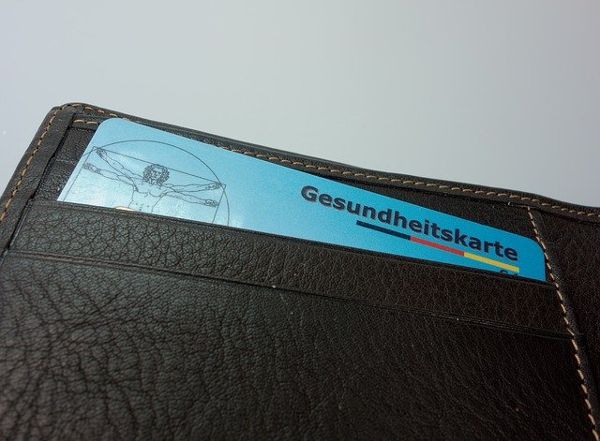
Ponikowski P, Voors AA, Anker SD, Bueno H, Cleland JGF, Coats AJS, Falk V, González-Juanatey JR, Harjola VP, Jankowska EA, Jessup M, Linde C, Nihoyannopoulos P, Parissis JT, Pieske B, Riley JP, Rosano GMC, Ruilope LM, Ruschitzka F, Rutten FH, van der Meer P ESC Scientific Document Group. Incidence of device-related infection in 97 750 patients: clinical data from the complete Danish device-cohort (1982–2018) Eur Heart J. Olsen T, Jørgensen OD, Nielsen JC, Thøgersen AM, Philbert BT, Johansen JB.


Device complications with addition of defibrillation to cardiac resynchronisation therapy for primary prevention. Die Studie liefert wichtige Ergebnisse, die in Kosten-Effektivitätsanalysen verwendet werden können.īattery runtime cardiac resynchronization therapy device longevity device runtime health claims data.īarra S, Providência R, Boveda S, Duehmke R, Narayanan K, Chow AW, Piot O, Klug D, Defaye P, Gras D, Deharo JC, Milliez P, Da Costa A, Mondoly P, Gonzalez-Panizo J, Leclercq C, Heck P, Virdee M, Sadoul N, Le Heuzey JY, Marijon E. Außerdem waren CRT-D-Geräte mit höheren Kosten verbunden. Fazit: Im Vergleich zu CRT-P-Geräten hatten CRT-D-Geräte eine signifikant kürzere Gerätelaufzeit von etwa zwei Jahren. Die medianen Implantationskosten betrugen 14.270 EUR für ein CRT-D-Gerät und 9.349 EUR für ein CRT-P-Gerät. Die mediane Geräte-Laufzeit betrug 6,04 Jahre für CRT-D-Geräte und 8,16 Jahre für CRT-P-Geräte (Log-Rank-Test p<0,0001). Es wurden insgesamt 4.296 komplette Laufzeiten für CRT-D-Geräte und 429 komplette Laufzeiten für CRT-P-Geräte beobachtet. Ergebnisse: Insgesamt umfasst der Datensatz 17.826 Patienten. Die medianen Kosten für Implantation, Wechsel und Entfernung eines CRT-Gerätes wurden ebenfalls berechnet. Wir definierten die Gerätelaufzeit als die Zeit zwischen dem Datum der Implantation und dem Datum des Generatorwechsels oder der Entfernung. Methoden: Zur Analyse der CRT-Gerätelaufzeit wurden Routinedaten einer großen bundesweiten deutschen Krankenkasse verwendet.

Genaue Schätzungen der Laufzeit von Geräten für die kardiale Resynchronisationstherapie (CRT) über alle Hersteller sind selten, insbesondere für CRT-P. The study provides important findings that can be utilized by cost-effectiveness analyses.Įinleitung: Diese Studie untersucht die Laufzeit und Kosten von biventrikulären Defibrillatoren (CRT-D) und biventrikulären Schrittmachern (CRT-P). Moreover, CRT-D devices were associated with higher cost. Conclusions: Compared to CRT-P devices, CRT-D devices had a significantly shorter device runtime of about two years. The median cost of implantation for a CRT-D device was 14,270 EUR, and for a CRT-P device 9,349 EUR. Median device runtime was 6.04 years for CRT-D devices and 8.16 years for CRT-P devices (log-rank test p<0.0001). A total of 4,296 complete runtimes for CRT-D devices and 429 complete runtimes for CRT-P devices were observed. Results: In total, the data set comprises 17,826 patients. The median costs for implantation, change, and removal of a CRT device were calculated accordingly.
#WECHSEL KRANKENKASSE GENERATOR#
We defined device runtime as the time between the date of implantation and the date of generator change or removal.

Methods: Health claims data of a large nationwide German health insurance was used to analyze CRT device runtime. Accurate estimates of cardiac resynchronization therapy (CRT) device runtime across all manufactures are rare, especially for CRT-P. Introduction: This study investigates the runtime and costs of biventricular defibrillators (CRT-D) and biventricular pacemakers (CRT-P).


 0 kommentar(er)
0 kommentar(er)
